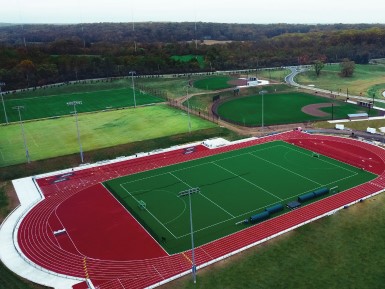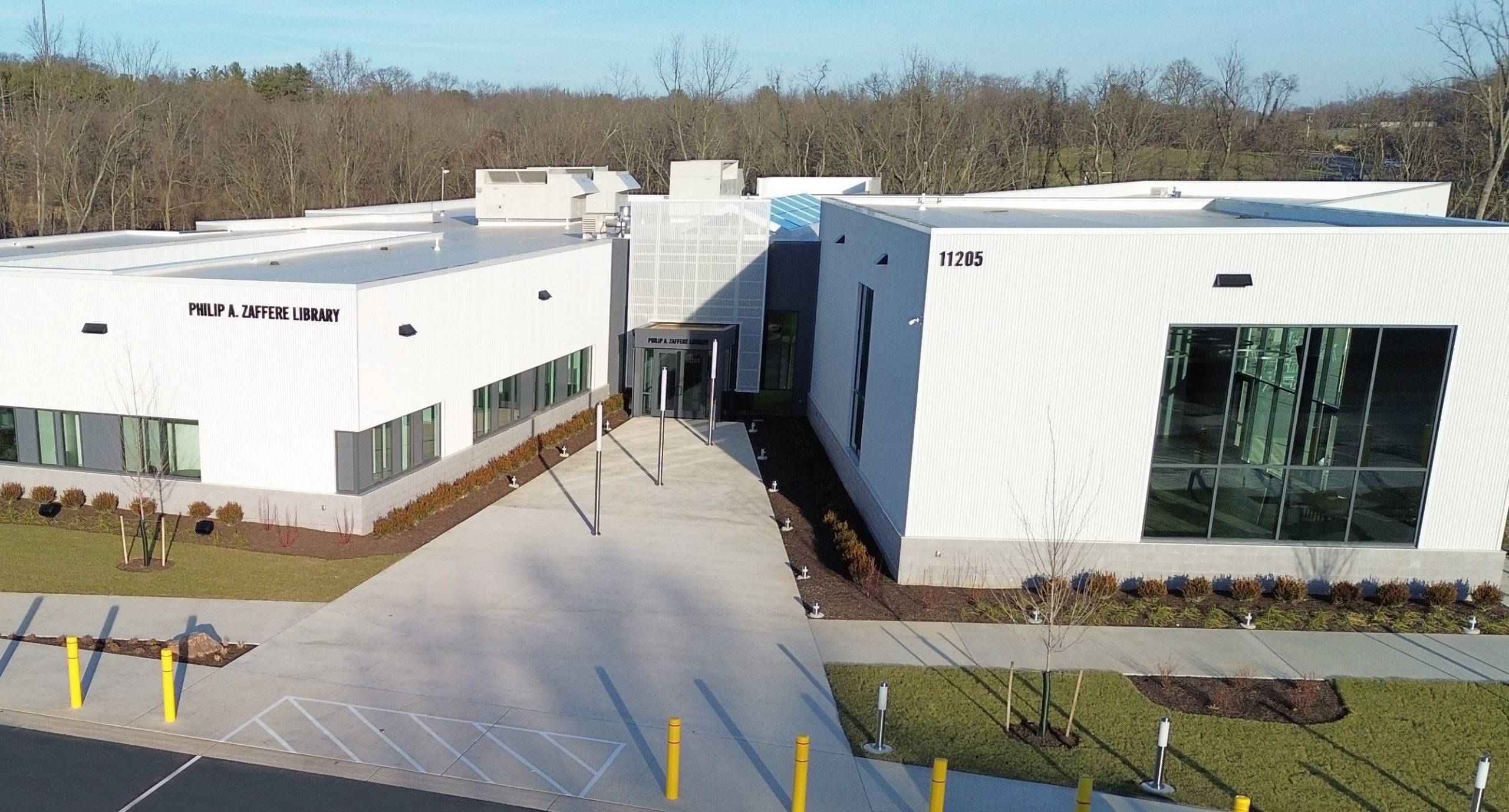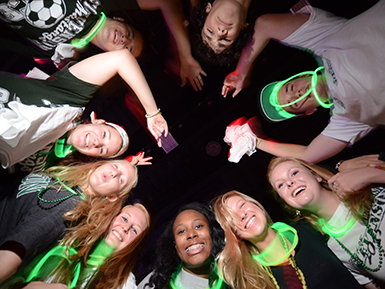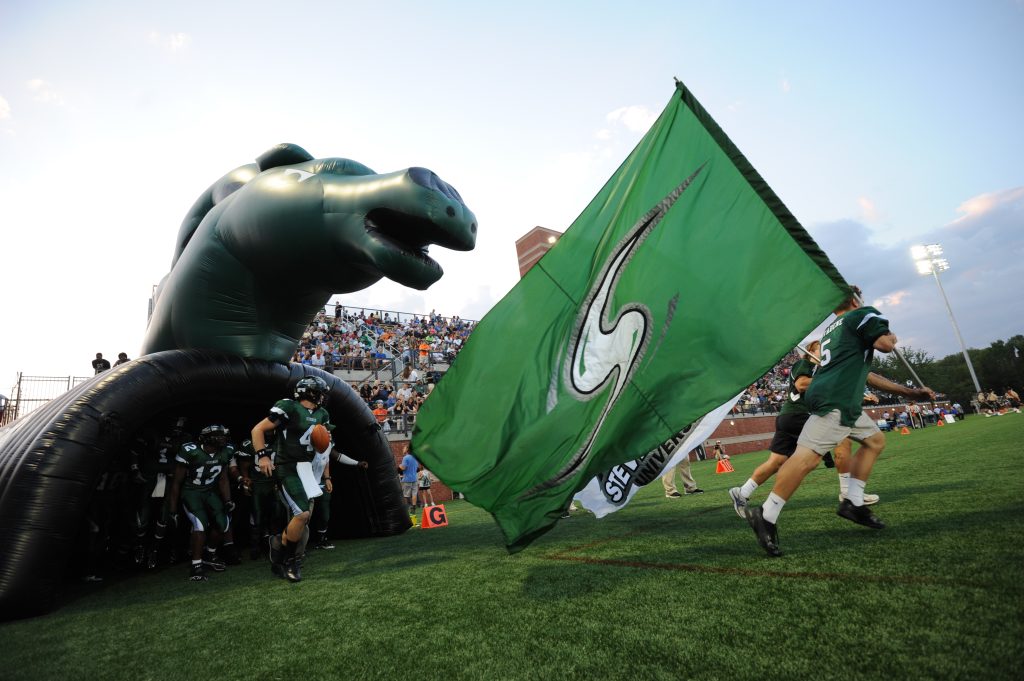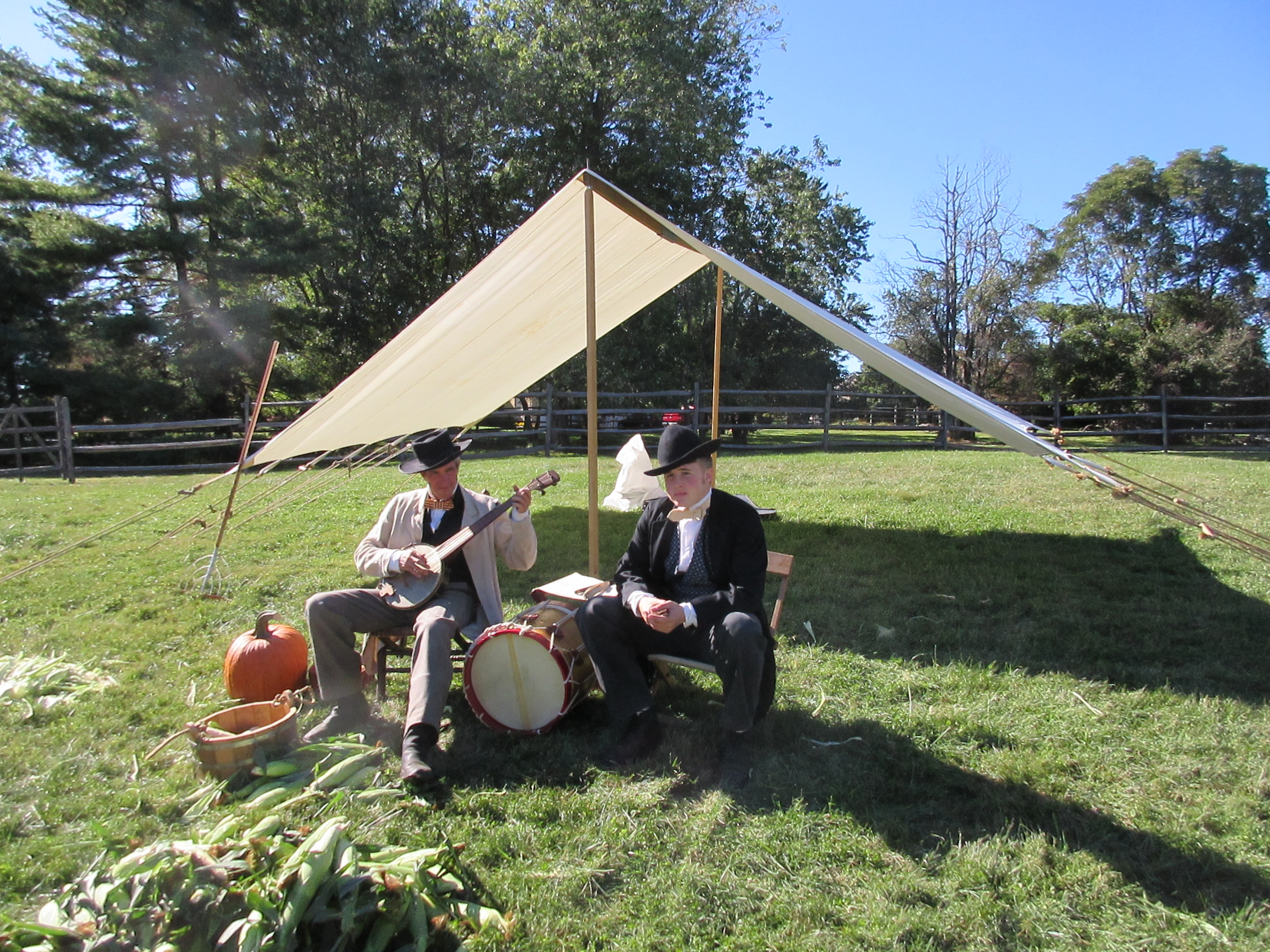
Caption: National Park Service “Ranger Tim” on left with an NPS volunteer provided visitors with stories, music, and the opportunity to shuck corn.
Hampton Mansion National Historic Site recently held its annual harvest festival and the Stevenson Public History Program (PHIST) was there to help. The annual event held each fall draws visitors from around the Baltimore area and provides participants an opportunity to step back in time. Operated by the National Park Service, Hampton National Historic Site and Baltimore’s Fort McHenry are rock stars within the region.
Caption: An NPS volunteer shows the public how a cider mill and press were operated in the past.
Hampton Mansion, owned by the Ridgely family for seven generations, was the homestead for the Ridgely plantation that grew tobacco and operated grist mills, ironworks, furnaces, orchards, and stone quarries on its land. Begun in 1783, the mansion when completed in 1790 was the largest home in North America. Over time the plantation grew; by the 1820s it had reached 25,000 acres in size. Until the Civil War, the plantation largely depended upon labor supplied by indentured servants and enslaved black workers both male and female. The plantation began to fail after the Civil War and large portions were sold off over time. By WWII only two family members were living at the mansion and the property size had dwindled to approximately 50 acres. In 1979 the site was purchased by the National Park Service.
Caption: Stevenson Public History majors Caroline Smith (L) and Stephanie Czeslowski (R) scoop ice cream for the public. In the background is the plantation dairy house located below ground level. Through it runs the spring that kept the plantation’s dairy products cool throughout the hot summers.
When it was learned that the harvest festival required more volunteers, the Stevenson PHIST Program was quick to respond. Two of our sophomore majors, Caroline Smith and Stephanie Czeslowski, volunteered at the event all day. A key part of the Stevenson PHIST experience is volunteering, interning, and travel. Although only in their second year of the program, Caroline and Stephanie have amassed experiences volunteering with the National Park Service, the Maryland Department of Natural Resources, and Pennsylvania’s York County History Center. In addition, they have experienced how to lead public history ventures via canoe, horseback, motor coach, car, and foot.
All of that experience, volunteering, and interning can lead to wonderful opportunities. Dave Di Bella finished a wonderful career in the military, and he received his BS in Public History at Stevenson through his GI benefits. Upon graduation, Dave was hired by the National Park Service at Hampton Mansion.
Caption: Dave Di Bella–from a BS in Public History at Stevenson to the National Park Service.
The moral of this story? If you are going to come to Stevenson and major in public history it is not enough to take courses. Expect to volunteer, intern, and go on lots of field trips. Public historians realize that while classroom education is necessary, it is not sufficient. Experience in applying in the field what was learned in the classroom is crucial to your success. Our majors not only learn about history, they make history for the public.
